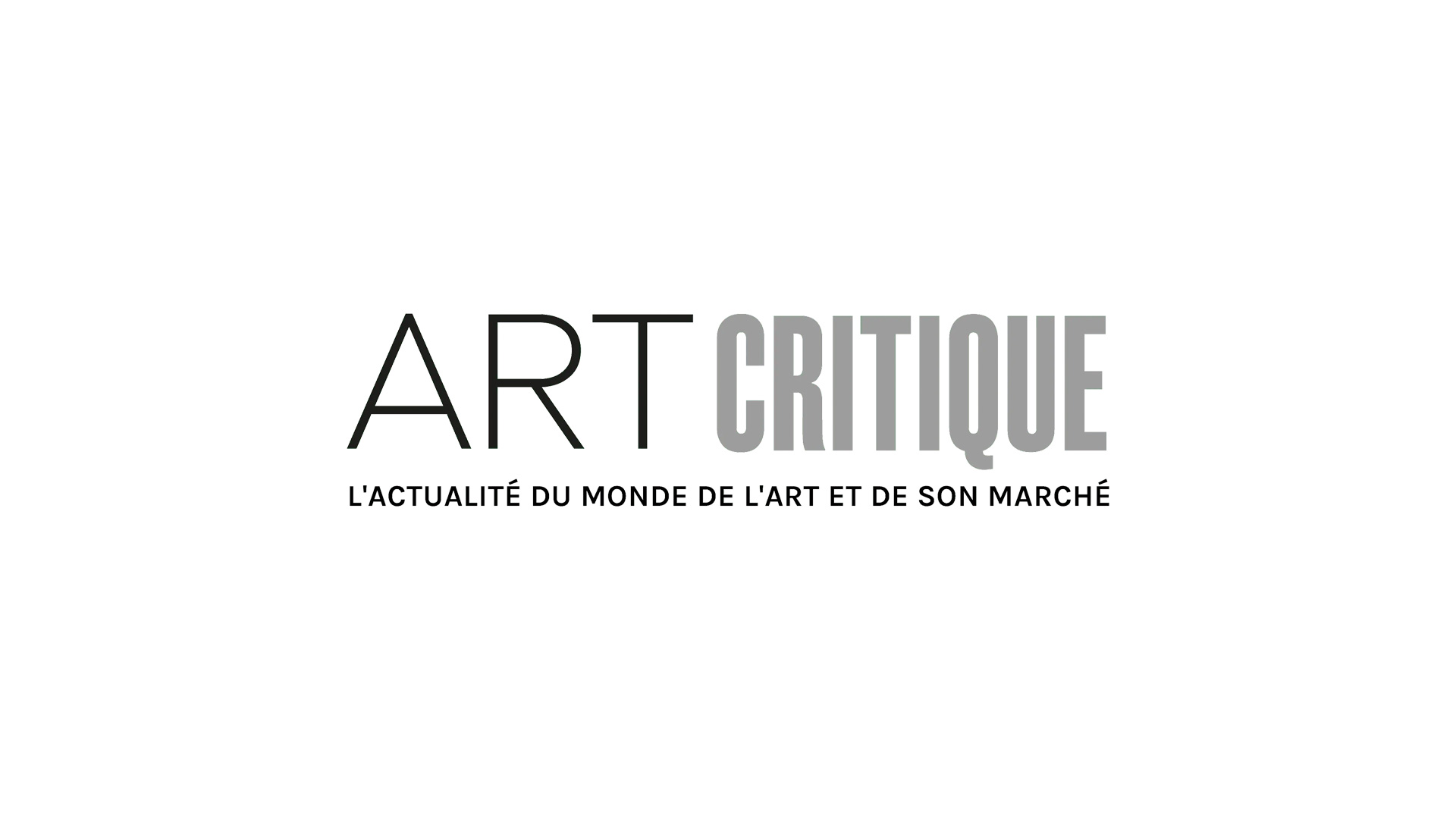Artprice, a France-based art auction database, has released a report looking back at the last two decades of the Contemporary Art Market. In summary, the report shows that since 2000, Contemporary artists and art have grown by leaps and bounds, much in part thanks to the globalisation of the Art Market.
Charting the terrain of the Contemporary Art Market (CAM) at auction, Artprice’s “20 Years of Contemporary Art Auction History” sheds lights on how the Contemporary Art scene has gotten to be where it is today. The report traces the CAM’s bloom in the early 2000s momentarily stifled by the US economic downturn in 2008, the artists who have become mainstays in Contemporary Art auctions, the arrival of the Chinese Art Market, the uptick in diversification in recent years, and the divide between male artists and non-male artists.

The biggest take away from the report is the major growth experienced in the CAM. Since the turn of the century, the CAM has seen a 2,100 percent increase in auction turnover with six times more Contemporary Art lots and six times more Contemporary artists. Today, Contemporary Art accounts for 15 percent of the global Art Market compared to the mere three percent it represented globally in 2000.
Overall, $22.7 billion has been generated by Contemporary Art over the past two decades with Basquiat holding the record for most paid at auction for a Contemporary artwork at $110 million. While the ramp up of the Art Market in China (where there’s been a 64,170 percent increase in the CAM) and neighbouring Asian countries has played a critical role, CEO and founder of Artprice Thierry Ehrmann stated that the CAM’s growth was “not just China driven” but a “general consequence” of continued globalisation.

20 years ago, there were around 5,400 artists recognised Contemporary artists. That number has since grown to nearly 32,000 today. However, Artprice found that the CAM essentially revolves around the top 100. Thus, 0.3 percent of Contemporary artists account for three-quarters of global auction turnover within the Contemporary Art sector.
“Pillars” of the CAM were reported to be Basquiat, who in the last 20 years has generated much buzz and a whopping $2.175 billion in auction sales, Jeff Koons, accounting for $983 million, and Christopher Wool, who brought in $624 million.

As for gender, women artists were still vastly underrepresented across the CAM. Of the top 100 most successful Contemporary artists from 2000 to 2019, only seven are women. “Although women are very present in the field of artistic creation and often in a majority in American art studies programs, it is clear they have less chance of leading successful careers as artists than men,” states the report. “The art world gender gap is visible throughout the sector: women are under-represented in galleries, in permanent museum collections and, as we mention above, in temporary exhibitions. This all leads to less media coverage and lower market demand which, in turn, results in significantly lower auction prices compared with their male counterparts.”
Over the last decade, the report pointed out, there has been an increase in interest, on the part of collectors, museums, and galleries, in artists from Africa and of the African diaspora. Additionally, major exhibitions and publications centred on artists of colour have contributed to an uptick in the CAM for artists of the African diaspora. Despite this, like with women artists, underrepresentation of BIPOC artists continues to be an issue at large within the art world.

A final key takeaway is that paintings are still king, whether it’s old or new. Of the Contemporary artworks turned over at auction, 65 percent of them were paintings. Artprice noted that paintings being most sought-after in the CAM makes sense considering the impact of Pop Art, American Abstract Art, street art, and Chinese and Japanese paintings, among other genres on Contemporary Artists.
The report by Artprice, which also lists the top 1,000 Contemporary artists in terms of auction revenue of the last two decades, can be read here.





